Post by Alexandria Bills, undergraduate in Psychology pursuing an Interdisciplinary Neuroscience minor at Portland State University.
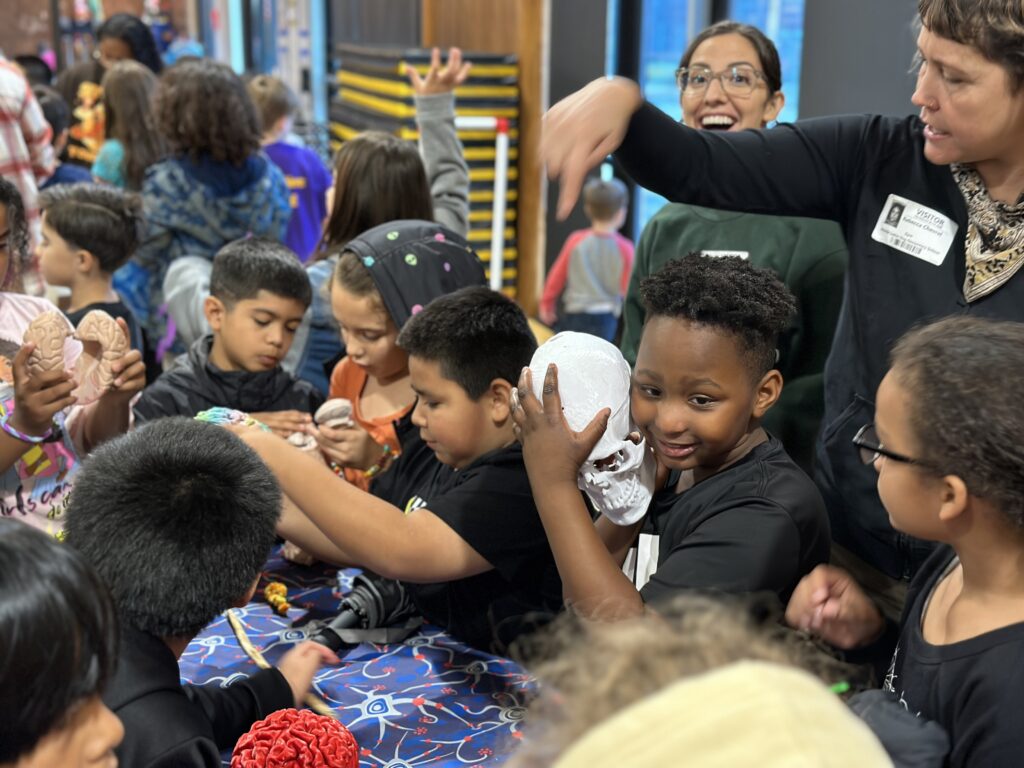
My name is Alexandria Bills, and I am a senior at Portland State University (PSU) pursuing a degree in Psychology and a minor in Interdisciplinary Neuroscience. I am also co-president of the Society for the Advancement of Chicanos/Hispanic and Native Americans in STEM (SACNAS) chapter at PSU, a volunteer researcher at the Regional Research Institute, and a volunteer with NW Noggin.

I accompanied NW Noggin on many outreach visits this term where we spoke to kids and transitional youth about many different aspects of the brain and its’ development.

Plasticity
One particular subject that struck me on a personal level was the idea of the growing brain, particularly during childhood, because of how plastic and changeable the brain is during our youth.

We spoke about how childhood is a fantastic time to practice something you really want to learn such as a new sport, or a musical instrument, or a second language.
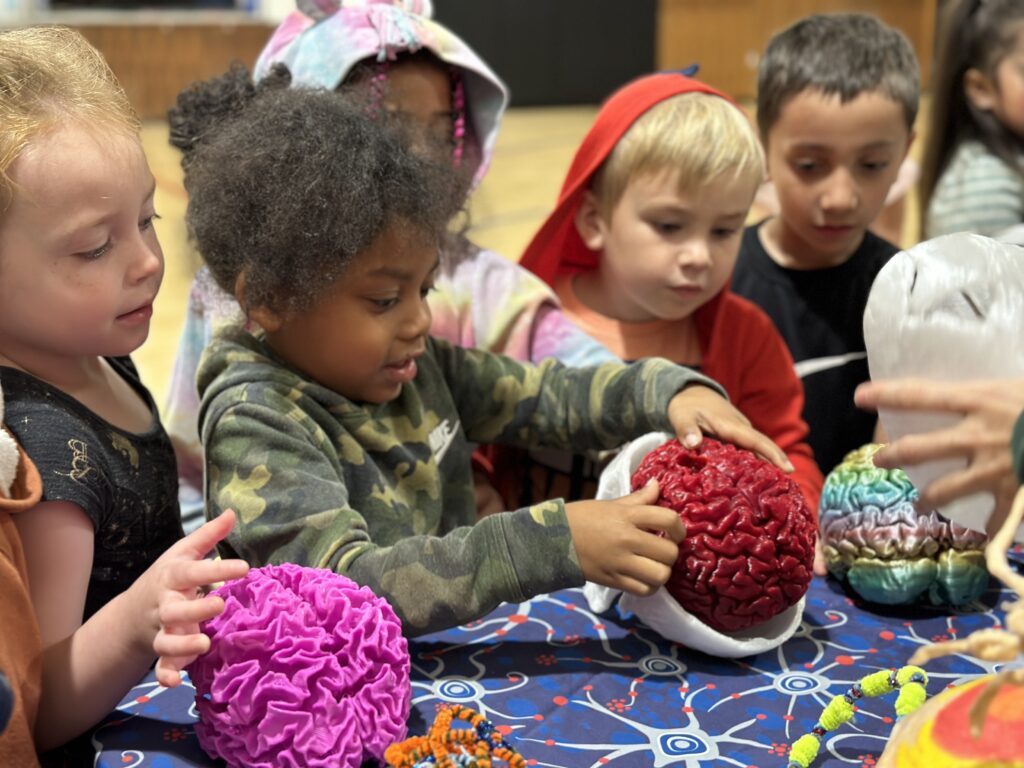
Learning a new skill requires practice, or repetition of a specific movements or activities. The mechanism in the brain that allows practice to work is called dependent plasticity. This is the brains’ ability to adapt toward active function and allows for specialization of a skill based on use and activity. We are all born with close to 200 billion neurons and as we develop our brain begins a pruning process, where it gets rid of unneeded neurons and strengthens the connections that are used. In one study scientists found that neurons in our cortex (the wrinkly outer “bark” of our brains) increase in number, in thickness, and in surface area in the first years after birth and peak around 2 – 4 years (as seen in figure a, below).
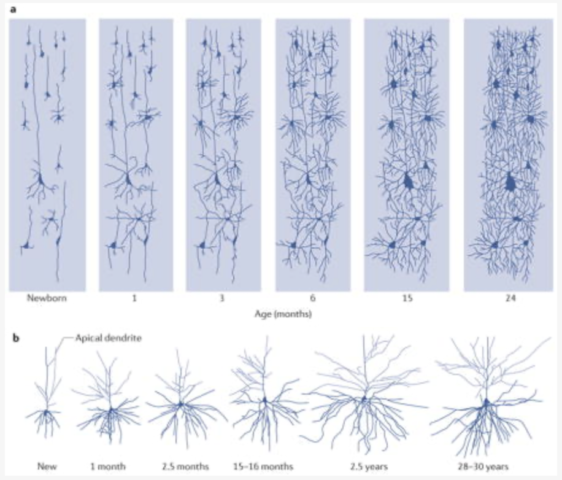
Myelination is where a fatty membrane wraps around the neurons axon which speeds up how fast currents travel by acting like an electrical insulator. It occurs rapidly in some brain areas, like the hippocampus, right after birth. Myelination in the hippocampus, an area critical for memory function, begins at 20 weeks and generally reaches adult levels by two years.

Mature myelination in the neocortex, particularly in the frontal lobes, continues through adolescence into young adulthood. (Figure b shows the growth of dendrites and myelinated connections).
LEARN MORE: Imaging structural and functional brain development in early childhood
Basal Ganglia and the Pre-frontal Cortex
For years scientists studied the basal ganglia and its role in the initiation of movement and motor control. However, more recently neuroscientists have discovered that the basal ganglia also plays a role in learning new habits.
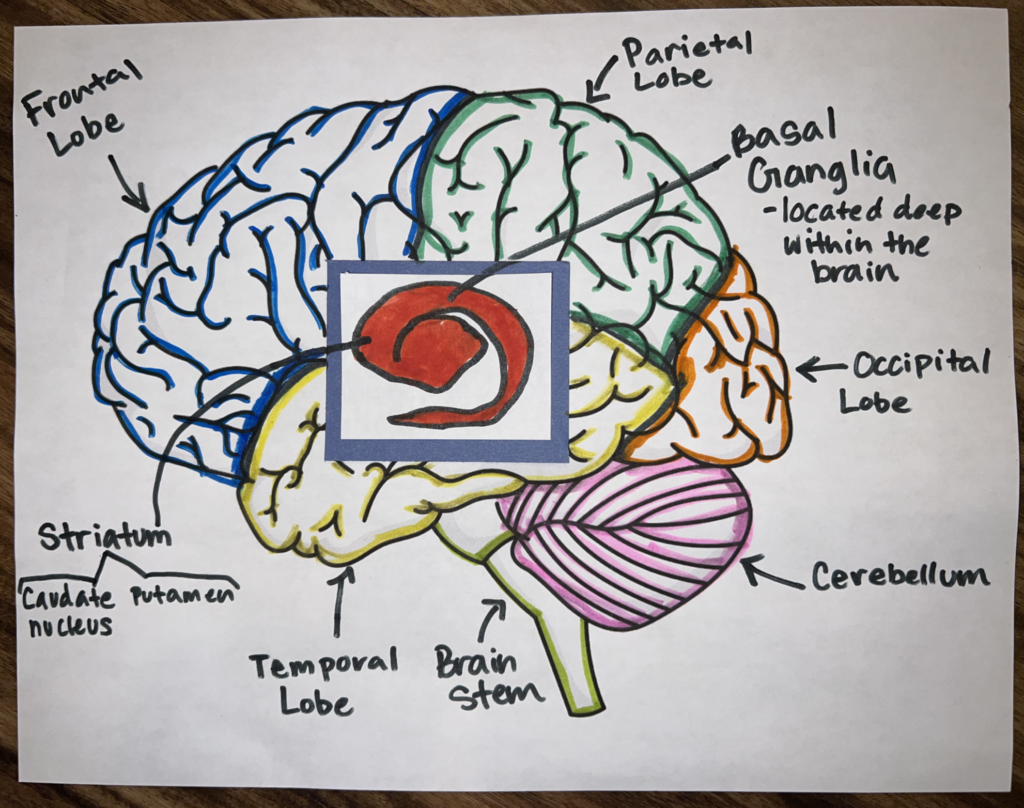
The basal ganglia is a set of interconnected subcortical (“below” the cortex) brain regions that are essential for the development and engagement of our implicit skills, like riding a bike or dancing, or navigating complex social environments – which all take significant practice and experience and will persist as ingrained abilities and habits. The striatum is a subset of the basal ganglia, consisting of some gray matter nuclei striped (or “striated”) by myelinated white matter axons wires coursing through.

The striatum is in the forebrain and is responsible for instinctive, reflexive movements that respond to sensory stimulation or retrieval of emotional memories. That response intersects with more deliberate, slowly planned motor responses associated with rational behaviors. The striatum and prefrontal cortex connectivity develops with age and plays a great role in high-level cognitive processing, including what motivates us and how we engage with our complex social environment (e.g., reward processing).
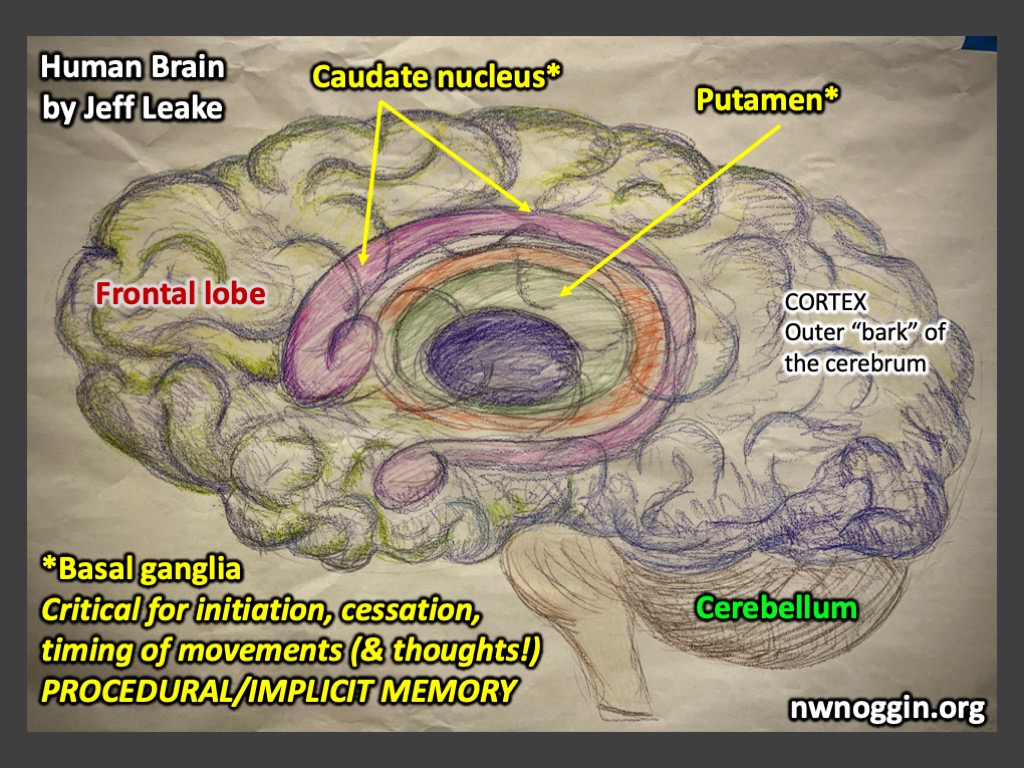
This basal ganglia/striatum/cortex networking is typically fully developed by our mid-20s; however, developed does not mean the brain will never change. In fact, it is quite the opposite!
LEARN MORE: The Striatum: Where Skills and Habits Meet
LEARN MORE: A Critical Review of Habit Learning and the Basal Ganglia
LEARN MORE: Learning through mistakes!
LEARN MORE: A neurosymphony of skills!
Changes with Age
As we become older it becomes harder to learn new skills because the brain has eliminated so many neurons and is less plastic. Though while the adult brain may be less changeable, it is far from fixed! This is the concept of neuroplasticity.
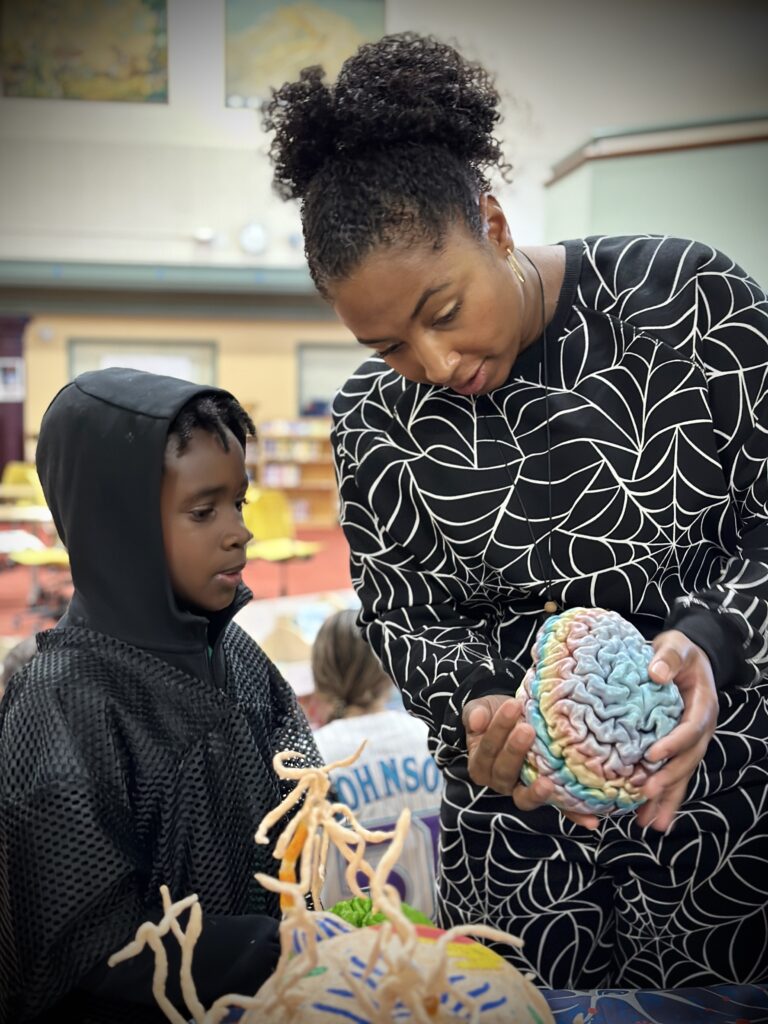
Anxiety and the Brain
Many factors influence changes in the brain throughout adulthood some of which include, stress, environment, hormones, drugs, and experiences. One way to induce neuronal change is by experiencing something new. This is called experience-dependent plasticity and it involves complex interactions of the environment with brain structure. Thankfully, just because we didn’t learn a specific skill when we were young does not mean we can never learn it. In fact we can, and can even master it. Conversely, an ingrained habit or a ‘way of being’ can also be unlearned, albeit with a little more difficulty. Even something that can seem so far from our control, such as anxiety, can be mitigated.
LEARN MORE: Learned uncertainty: The free energy principle in anxiety
LEARN MORE: Extinction as New Learning Versus Unlearning: Considerations from a Computer Simulation of the Cerebellum
LEARN MORE: Adult Neuroplasticity: More Than 40 Years of Research
LEARN MORE: Experience-dependent structural plasticity in the adult brain: How the learning brain grows
In 2012 approximately 11.6% of kids reported anxiety in multiple studies, which was up 20% from 2007. During the COVID pandemic anxiety rates practically doubled to 20.5% in youth worldwide, according to a meta-analysis of 29 studies reported In JAMA Pediatrics.
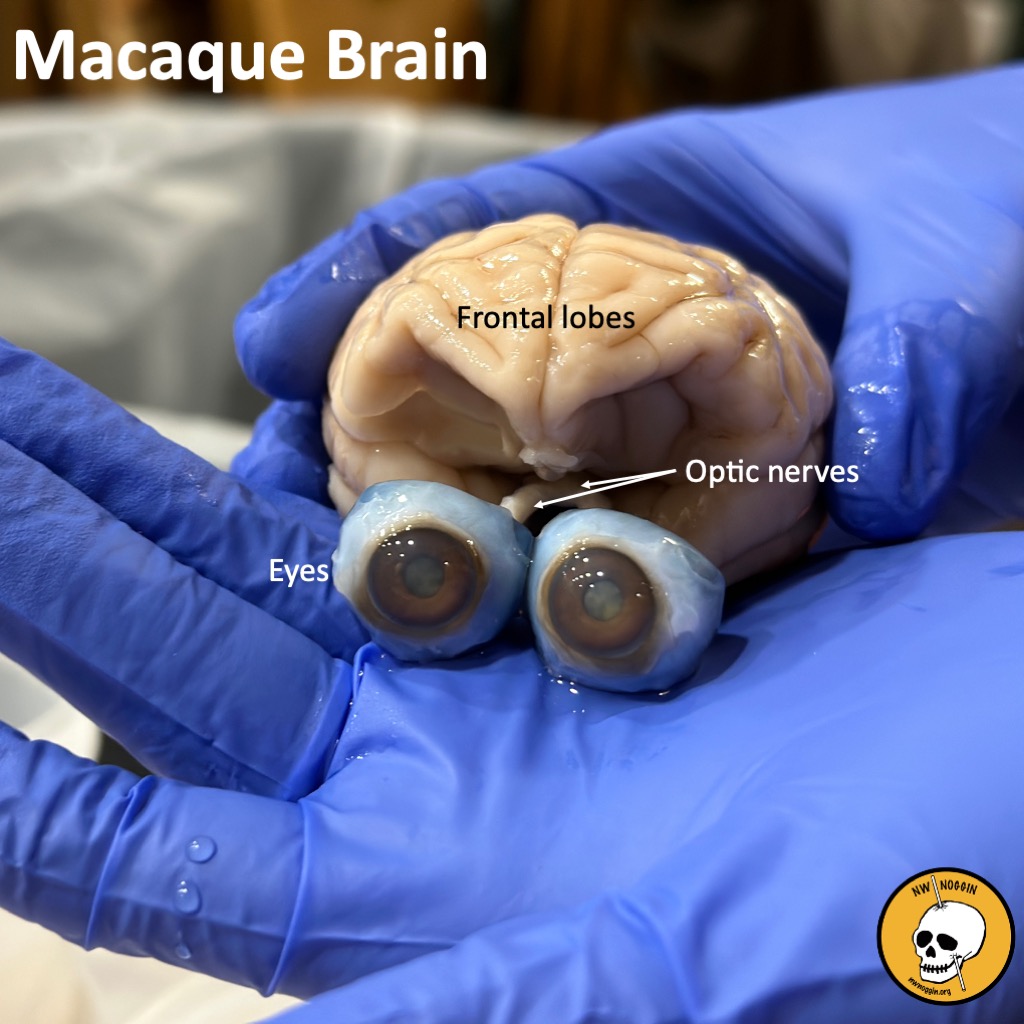
LEARN MORE: Global Prevalence of Depressive and Anxiety Symptoms in Children and Adolescents During COVID-19
LEARN MORE: Anxiety among kids is on the rise. Wider access to CBT may provide needed solutions
I started experiencing general anxiety at the age of 13 and this was intensified by social situations, especially speaking in front of a group of people. What is anxiety and what is happening in the brain?
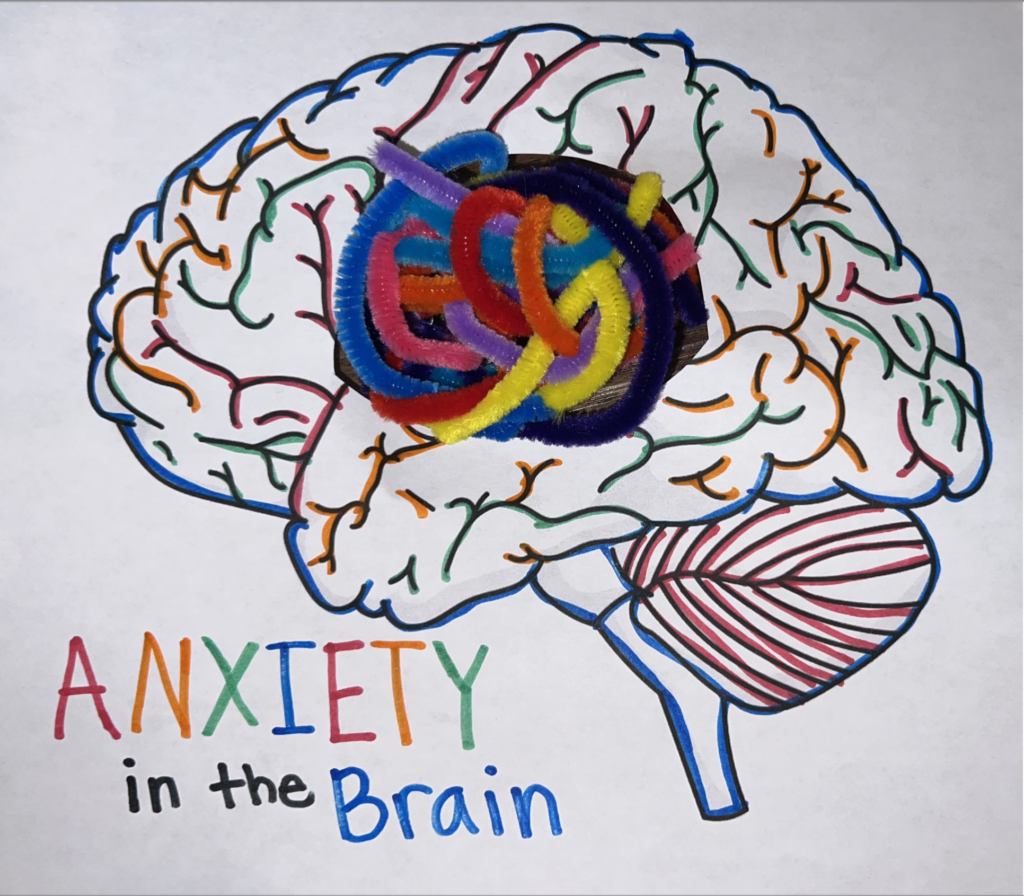
Anxiety encompasses psychology, physiological, and behavioral mechanisms and is a state induced in both animals and humans by a threat to well-being or survival. Anxiety is a useful tool for survival; however, pathological anxiety interferes with the ability to cope successfully with life challenges. It is developed by gene-environment interactions during development. Anxiety can be described as “learned uncertainty.” Social anxiety or social phobia can be described as persistent irrational fears of social performance, in which scrutiny by others and embarrassment may occur. Social phobia can lead to avoidance in social situations and impairment in social, occupational and academic functioning. The majority of emotional processing is controlled by the brain’s limbic system which includes the hippocampus, amygdala, hypothalamus and the thalamus. There is evidence for exaggerated amygdala and medial prefrontal cortex (PFC) response in both general anxiety disorder and social anxiety disorder.

Glossophobia is the fear of public speaking, and has always been a fear of mine. Glossophobia is one of the most common phobias, ahead of death, spiders or heights. I already had anxiety, but getting up in front of people made me feel like I would have a panic attack.
LEARN MORE: The Neurocircuitry of Fear, Stress, and Anxiety Disorders
LEARN MORE: The Neurobiology of Anxiety Disorders: Brain Imaging, Genetics, and Psychoneuroendocrinology
LEARN MORE: The biology of fear- and anxiety-related behaviors
LEARN MORE: Trends in anxiety among adults in the United States, 2008-2018: Rapid increases among young adults
LEARN MORE: Public Speaking Anxiety
What happens when your brain freezes?
What began to happen is what some might call ‘choking’ in front of an audience. It feels like my brain is freezing and I can’t even string one sentence together. Whatever I was going to talk about is completely gone from my memory (at least that’s what it feels like). I begin sweating, shaking, and feeling dizzy because I can’t breathe.

Growing up I would avoid situations where I would have to speak in front of others, even going so far as not sharing stories in a group of people, even if I felt like I had something of value to add and wanted to share, out of fear I would freeze up and forget what I was going to say entirely and become embarrassed.
Why do we ‘choke?’ The memories are there, I know how to speak, but for some reason my brain won’t let me retrieve what I want to say!
Mind-blanking is common and often happens when we get tired after having a long day. It’s common in settings that require deep focus, such as during exams, or public performances. It turns out the stress response is mostly responsible for choking. Research demonstrates that acute, uncontrollable stress sets off a biochemical cascade that transfers the control from the pre-frontal cortex to the hypothalamus and other “older” (evolved earlier in evolution) parts of the brain. Acute stress compromises high-level executive-functioning areas in the brain by invoking even small neurochemical changes which can weaken network connections between the PFC and the amygdala. Our stress response provokes a surge of norepinephrine and dopamine release. Elevated levels of chemicals signal the prefrontal cortex to shut off neuron firing by weakening connection points (synapses) – temporarily!
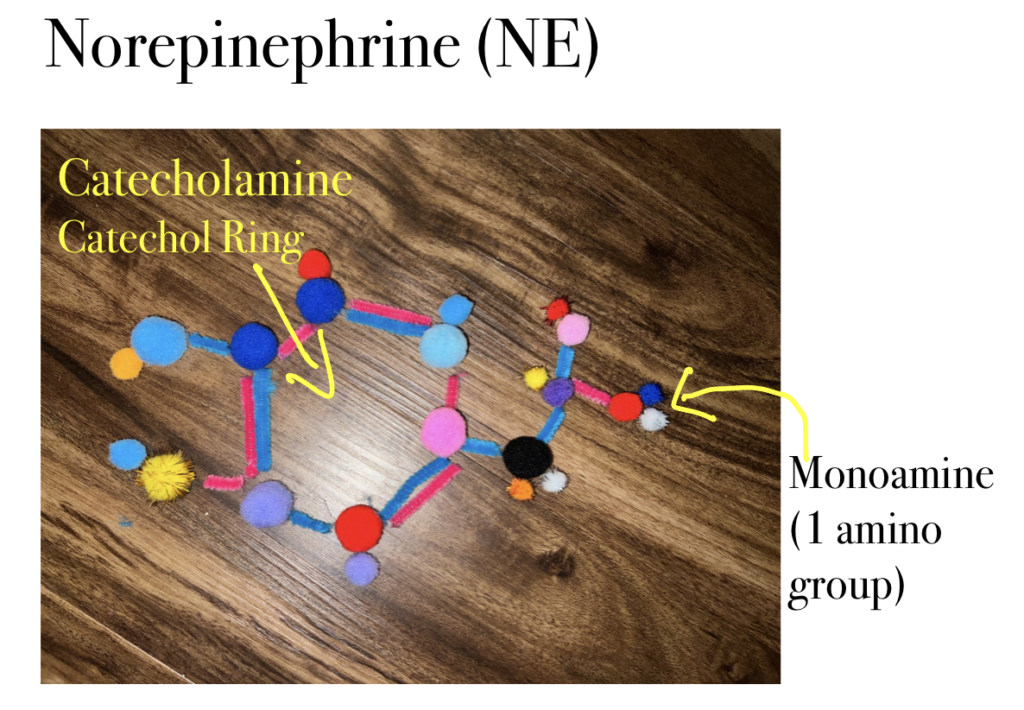
Norepinephrine is a modulatory neurotransmitter that is important for alertness, heart rate, cognition, and mood. Dopamine is a modulatory neurotransmitter that is important for both movement and motivation. Dopamine is released to compel us to do something, and norepinephrine gets us ready to do something quickly. That is why both neurotransmitters are released during the stress response.
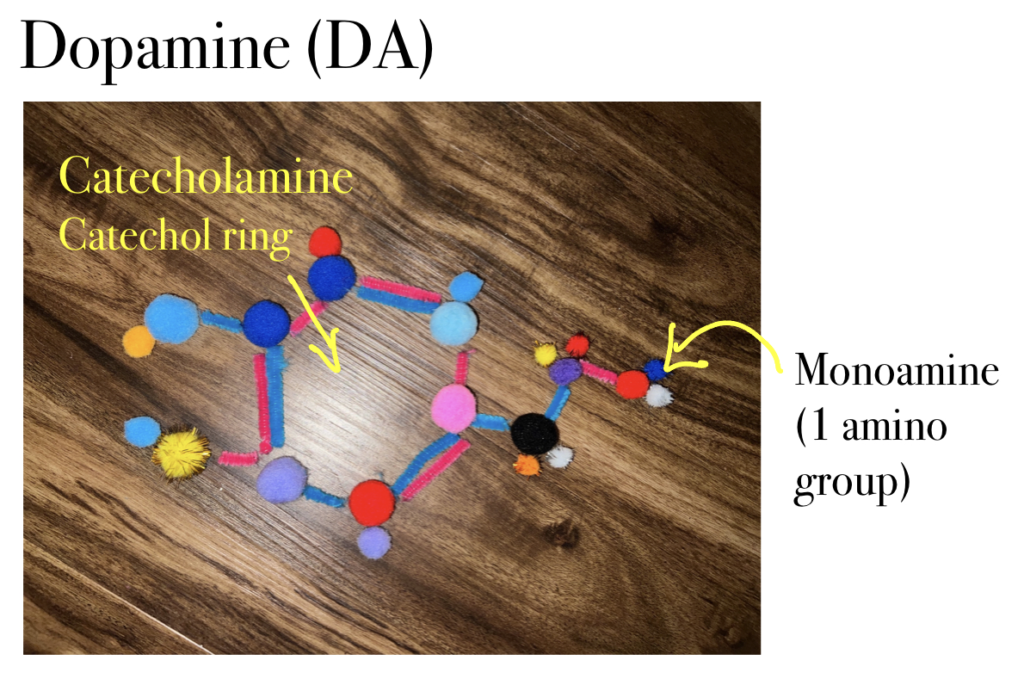
Exposure Therapy
Exposure therapy is often used for people that suffer from different anxiety disorders such as PTSD, general anxiety disorder, OCD, and social anxiety disorder. It targets the belief system by showing the person through experiential learning that they can stay calm or use new behaviors in the presence of what they are anxious about. This can be used gradually over time or can be used non-gradually in one setting – called ‘flooding’ (used mostly when there is a lack of time to learn via gradual exposure). There is debate regarding the effectiveness of these treatments in some contexts.

LEARN MORE: The effectiveness of narrative exposure therapy: a review, meta-analysis and meta-regression analysis
LEARN MORE: Review of exposure therapy: a gold standard for PTSD treatment
To grow, sometimes we must do the one thing we fear the most.
“Do the thing you fear to do and keep on doing it… that is the quickest and surest way ever yet discovered to conquer fear.”
— Dale Carnegie
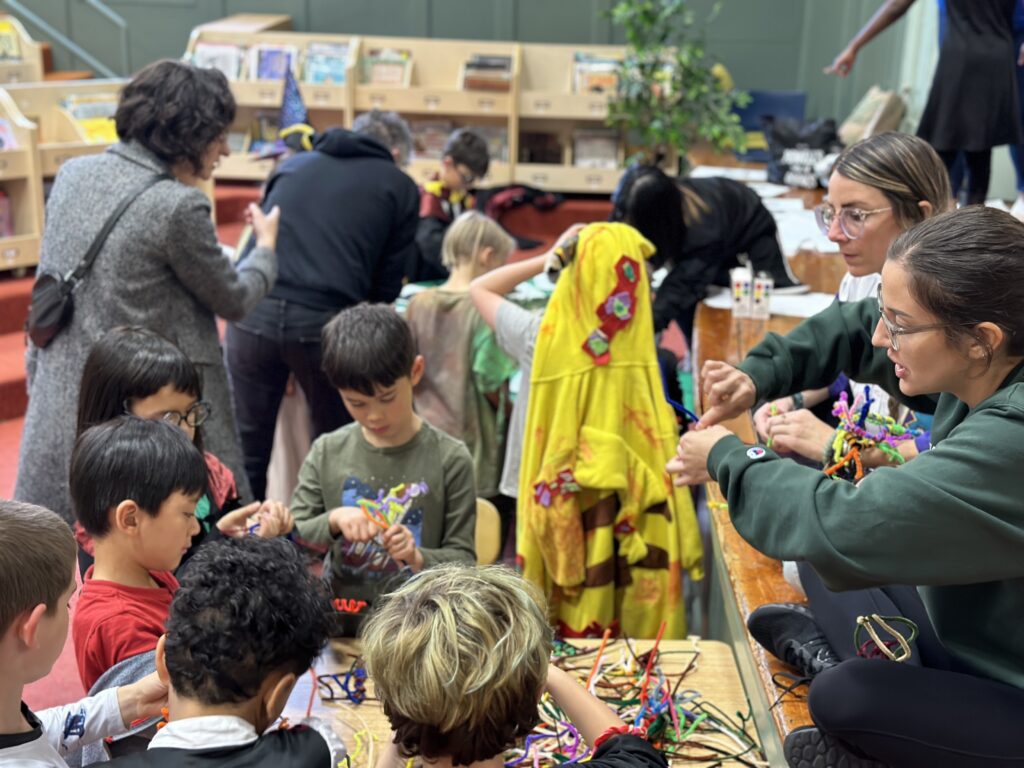
Once I entered college, I intentionally began putting myself in situations where I would be required to speak in front of people so that I could overcome my fears, for personal reasons, but most importantly so that I can communicate the science I study, and that I am so passionate about, effectively. I began my own exposure therapy.
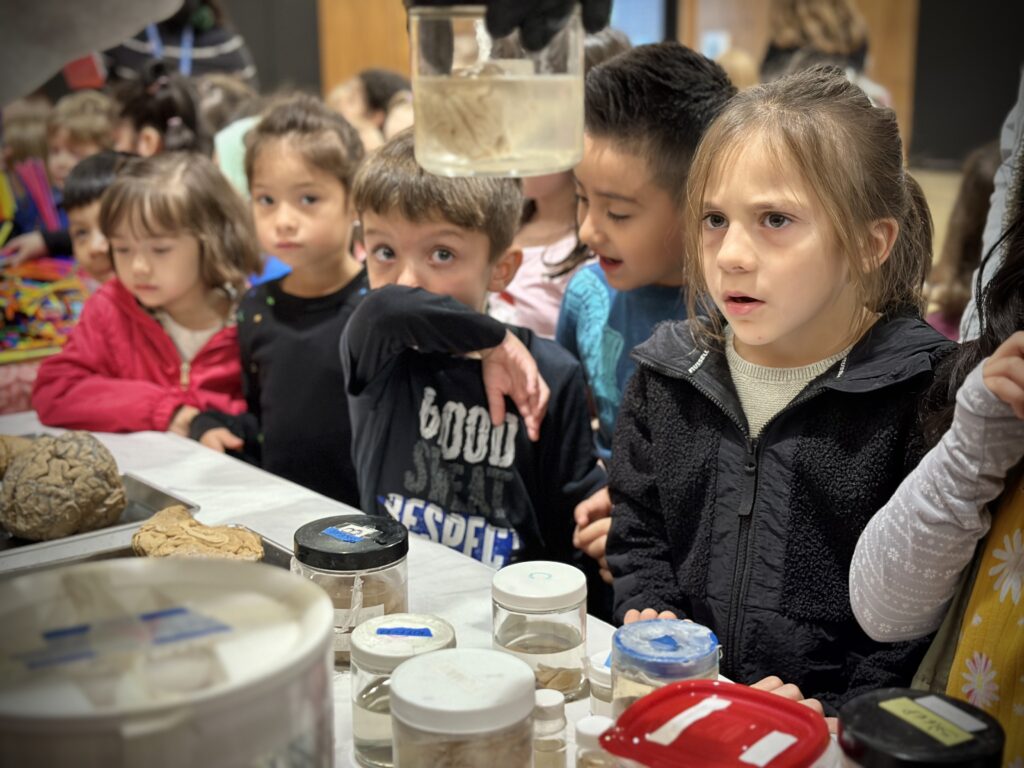
Participating in NW Noggin outreach provided me with a great opportunity to test myself, to push myself, and to develop new learned habits over my old ones.

At the second outreach event I attended, it was a little more formal. We started off by introducing ourselves and our interests. Immediately my face felt hot, and I began sweating. When it was my turn all I could say was what I was studying. I wanted to talk about the aspects of neuroscience and psychology that compel me the most, but I was too worried I would draw a blank, so I didn’t. But, by the fifth outreach event, I was on stage, with a microphone, speaking in front of people. Not only did I introduce myself, but I answered questions too!

We really can rewire our brains by “newness and challenges.” Outreach hit both of those targets, squarely, and required me to not only retrieve the hard data from my brain, but to communicate it effectively in front of a group of people.
“Everything you want is on the other side of fear”
— Jake Canfield
I still have a fear of public speaking, but I am working on rewiring my brain through experience and hopefully that fear will continue to dissipate over time!
LEARN MORE: Neuroplasticity and Clinical Practice: Building Brain Power for Health


